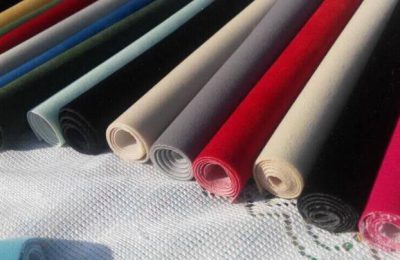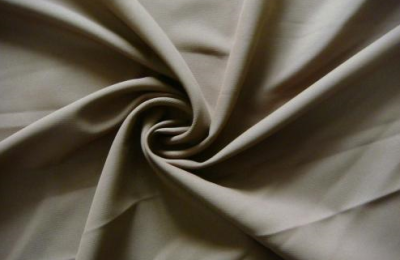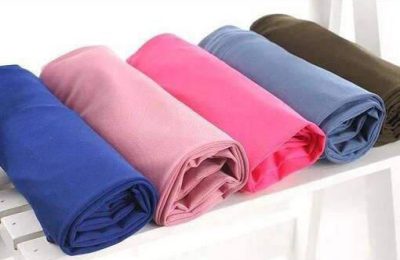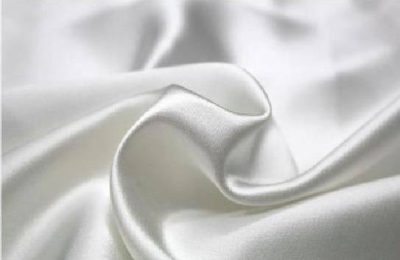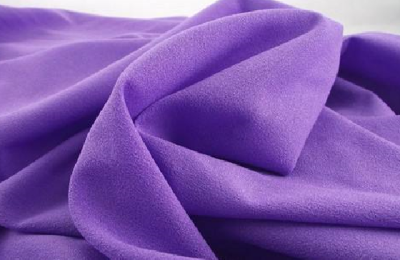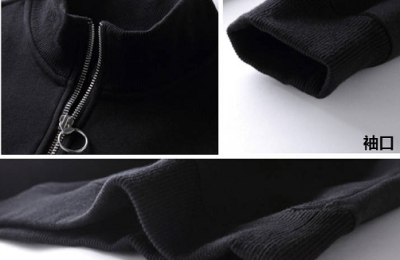Teflon bubble point membrane composite filter material is a very important component in the filter. The importance is self-evident, especially now that many industries need to use this high-tech material.
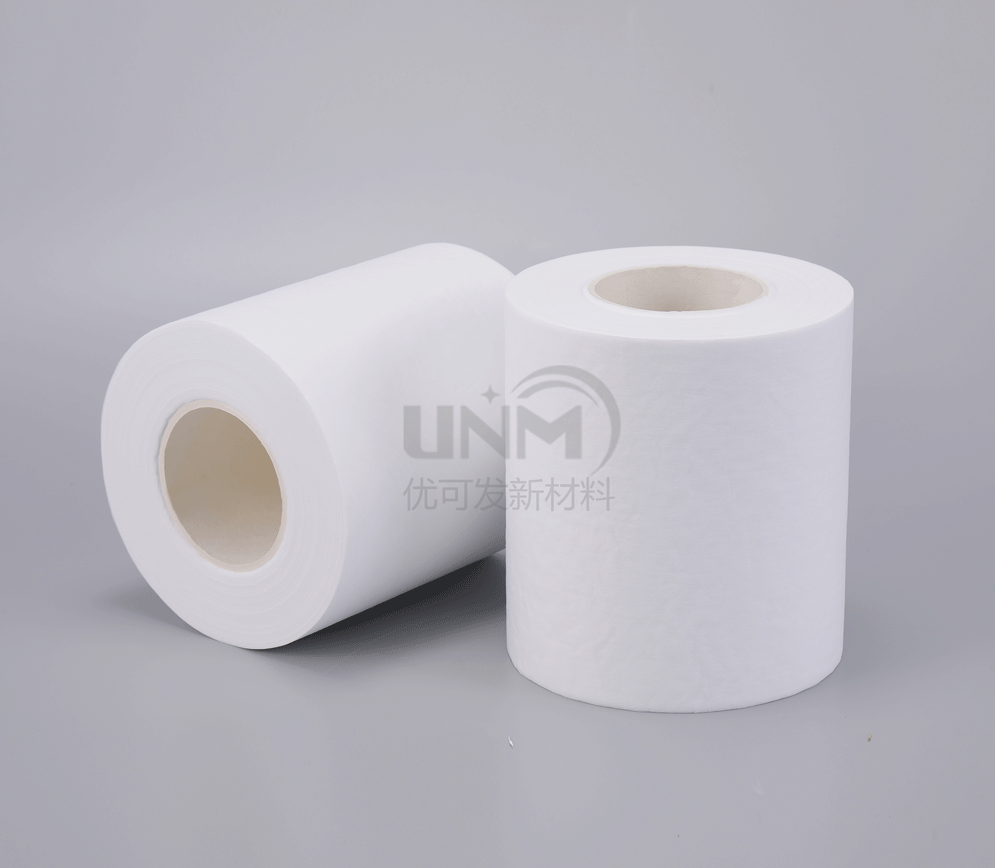
In the late 1970s and early 1980s, various filter membrane manufacturers showed their talents and developed their own methods to characterize membranes. However, the method developed by Dr. Tim Leahy of Millipore was adopted by ASTM (American Society for Testing and Materials) in 1983. Therefore, the ASTM F838 standard now widely adopted around the world is based on the contributions of Millipore scientists. Based on the ASTM F838 standard method for bacterial retention, Millipore was the first to launch the first truly sterilizing grade filter in the early 1980s. It is based on polyvinylidene fluoride (PVDF) material, a membrane with a certain pore structure and pore size distribution.
Teflon bubble-point membrane composite filter material is made of polytetrafluoroethylene as raw material. It is expanded and stretched to form a microporous film. This film is coated on each side using a special process. The membrane has a small pore size (0.05~0.45μm), uniform distribution and large porosity. It can filter all dust particles including bacteria while maintaining air circulation to achieve purification. and ventilation purposes.
It is a manufacturer specializing in R&D, production and sales of Teflon foam membrane composite filter materials. Our company is different from other manufacturers. Our company can according to the user’s requirements. By optimizing the combination of key technical parameters such as speed ratio, pressure ratio, and operating temperature, the air permeability, thickness, and void ratio can be adjusted online according to the ratio and pore-forming medium to meet your different requirements. Interested parties can enter the store for consultation. </p



